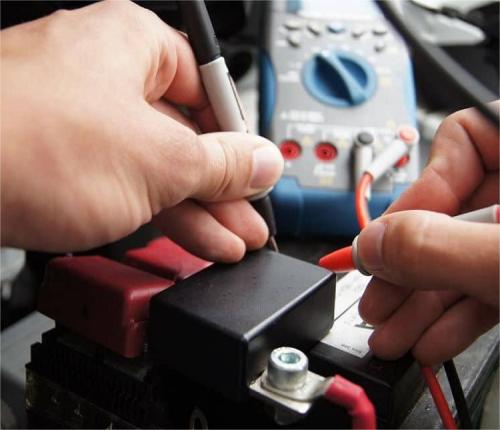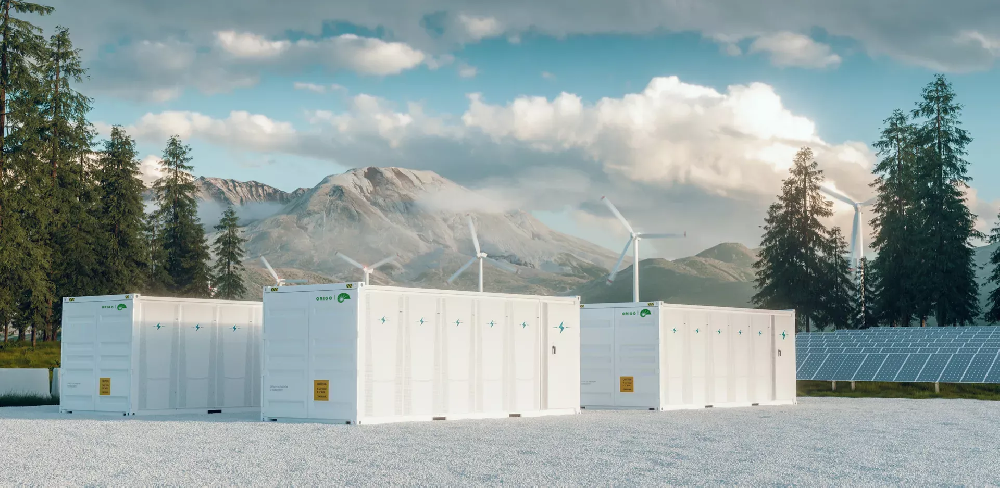Lithium-Ion Battery Care Guide
In an era where sustainable energy solutions are more crucial than ever, photovoltaic (PV) inverters are playing a pivotal role in maximizing the efficiency and effectiveness of solar power systems. As global interest in renewable energy sources continues to surge, it’s essential to understand the importance of these sophisticated devices.
What is a Photovoltaic Inverter?
At its core, a photovoltaic inverter is a device that converts the direct current (DC) electricity generated by solar panels into alternating current (AC) electricity, which is the type used by most household appliances and the power grid. Without this crucial conversion process, the energy harnessed from the sun would be unusable for everyday electrical needs.
Why are PV Inverters Important?
1.Energy Conversion: Solar panels produce DC electricity. However, most of the world’s electrical infrastructure operates on AC electricity. PV inverters bridge this gap, ensuring that the power generated by solar panels can be effectively used in homes and businesses.
2.Maximizing Efficiency: Modern PV inverters are equipped with advanced technologies that optimize the amount of energy harvested from the sun. They can manage energy production, monitor system performance, and even detect and address issues like shading or panel malfunctions.
3.Grid Integration: PV inverters play a crucial role in integrating solar energy into the electrical grid. They ensure that the power supplied to the grid matches the required specifications, contributing to grid stability and reliability.
4.Safety Features: Inverters are designed with safety mechanisms to protect both the solar power system and the electrical grid. They can quickly disconnect from the grid in case of power outages or other anomalies, preventing potential hazards.
Types of PV Inverters
There are several types of PV inverters available, each suited to different needs
String Inverters: These are the most common and are typically used in residential and small commercial installations. They connect a series of solar panels into a “string” and convert the DC electricity from the entire string into AC.
Microinverters: Unlike string inverters, microinverters are installed on each individual solar panel. This allows for more precise energy conversion and is particularly useful in installations where panels may be subject to varying shading conditions.
Central Inverters: Used in large-scale commercial and utility installations, central inverters handle the DC to AC conversion for multiple strings of solar panels. They are known for their high efficiency and reliability.
The Future of PV Inverters
As solar technology continues to evolve, PV inverters are also advancing. Innovations such as hybrid inverters, which combine solar and battery storage systems, are becoming increasingly popular. These systems allow for more efficient energy use and greater energy independence.
Moreover, the integration of artificial intelligence and machine learning in inverters is enhancing their ability to predict energy production and optimize performance, leading to even greater efficiency and reliability.
Conclusion
Photovoltaic inverters are a critical component of solar energy systems, enabling the effective conversion and use of solar power. As technology advances, these devices will continue to play a vital role in the transition to a more sustainable and energy-efficient future.
Stay tuned for more updates on advancements in renewable energy technologies and how they are shaping the future of our planet.







